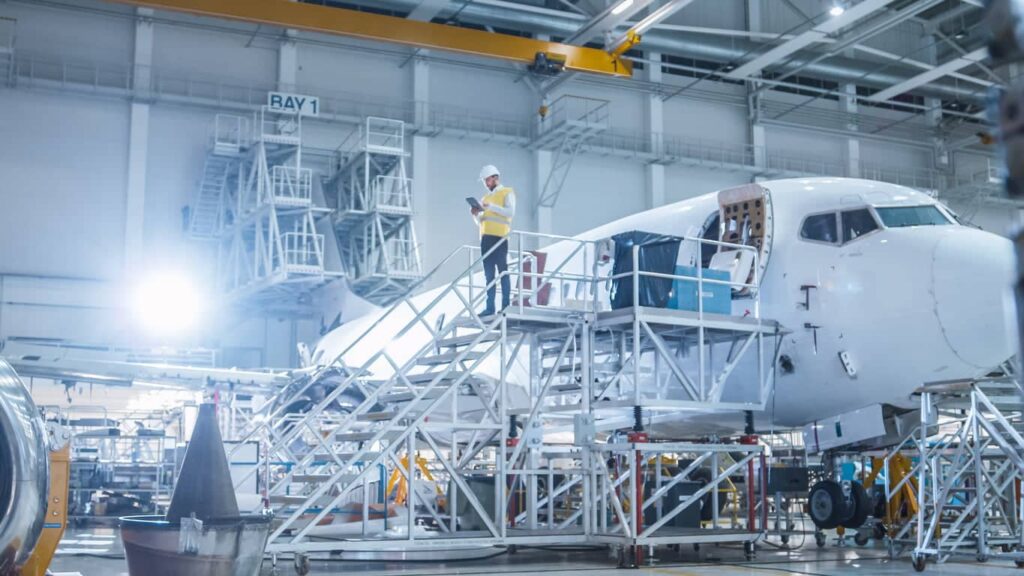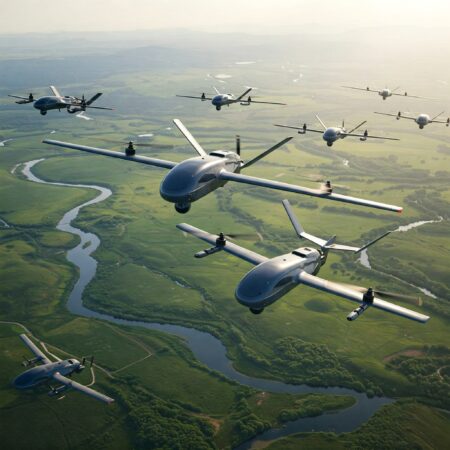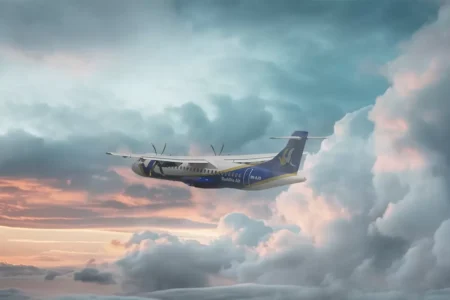The aviation industry is grappling with a severe aircraft shortage that is expected to last at least four more years, according to Air India CEO Campbell Wilson. This crisis, driven by persistent supply chain disruptions, is creating significant challenges for airlines worldwide, limiting fleet expansion and increasing operational costs.
Causes of the Aircraft Shortage
The primary factors contributing to this shortage include:
1. Supply Chain Disruptions
Aircraft manufacturers like Boeing and Airbus are facing significant production delays due to supply chain bottlenecks. Essential components such as narrowbody jet engines, fuselage parts, and high-end seating materials are in short supply, slowing down aircraft deliveries.
2. Increased Demand Post-Pandemic
Following the COVID-19 pandemic, the aviation industry has seen a sharp rebound in demand for air travel. Airlines are rushing to expand their fleets to accommodate more passengers, but aircraft production has not been able to keep up.
3. Maintenance and Aging Fleets
With new aircraft deliveries delayed, airlines are forced to extend the lifespan of older planes, leading to increased maintenance costs and potential safety concerns.
Impact on Airlines and Passengers
Higher Ticket Prices
With fewer aircraft available, airlines are struggling to meet rising demand. This has led to higher airfare prices as airlines try to maximize revenue with limited capacity.
Flight Cancellations and Delays
A shortage of aircraft means airlines have fewer backup planes available in case of technical issues, leading to increased cancellations and flight delays.
Financial Struggles for Airlines
Airlines that planned fleet expansions now face financial strain due to higher maintenance costs for older planes and increased leasing expenses for available aircraft.
Efforts to Resolve the Crisis
Increased Aircraft Production
Manufacturers are working to boost production rates, but supply chain issues and labor shortages remain major hurdles.
Leasing More Planes
Some airlines are turning to leasing companies for temporary solutions, but lease rates have skyrocketed due to high demand.
Alternative Aircraft Suppliers
To reduce reliance on Airbus and Boeing, some airlines are exploring alternative manufacturers such as China’s COMAC, which is gaining traction in the global aviation market.
The global aircraft shortage is expected to continue for several more years, impacting both airlines and passengers. Until supply chain issues are resolved, travelers should prepare for higher ticket prices, more flight delays, and a slower airline industry recovery.
Sources:
• Reuters: Air India CEO warns of prolonged aircraft shortage













